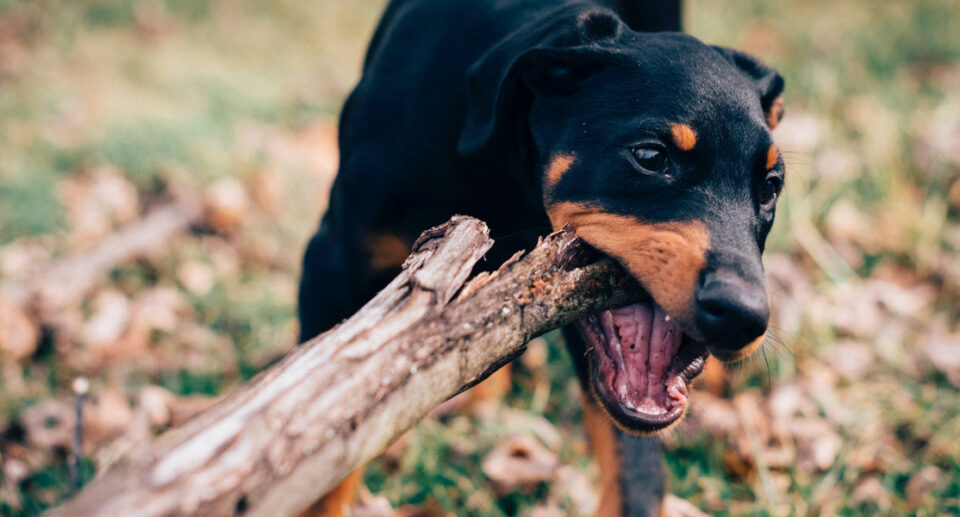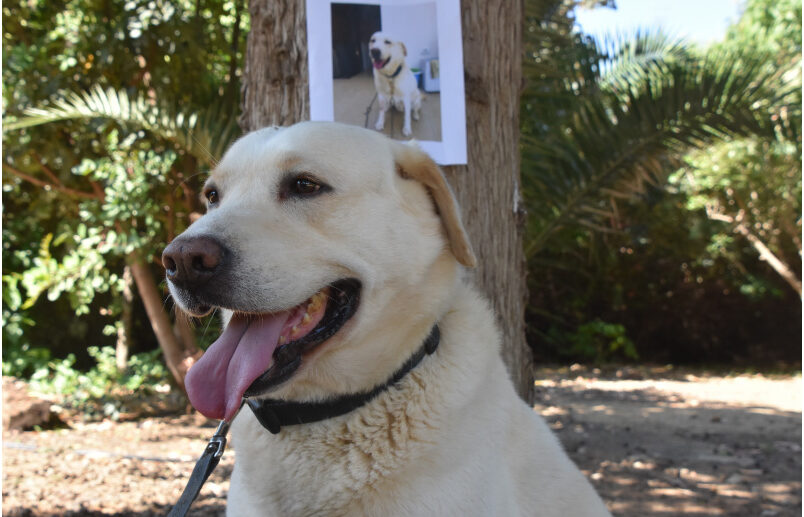The Five Key Rules of Dog Bite Prevention

Nobody thinks their dog will become aggressive. But even the sweetest dog can bite, especially if they are sick, injured, or feel threatened. Each year, over 4.5 million people are bitten by a dog in the United States, and half of them are children. By teaching your family these five simple rules, you can prevent dog bites from happening.
1. Greet dogs properly.
When meeting a dog for the first time, you may have been told to use the “sniff test,” by sticking your hand under their nose so they can sniff you. This is actually bad advice. Imagine if a stranger walked up to you and stuck their hand in your face. You might feel pretty threatened! Instead of invading a dog’s personal space, allow them to approach you first. Dogs have a potent sense of smell, and they do not need your hand right under their nose to get to know you.
2.Teach children to respect dogs.
It is not a dog’s job to babysit children or allow them to use them as a pillow or a jungle gym. Children should never be allowed to poke, pull, or grab the dog, nor should they lie on them, climb them, or attempt to ride them like a horse. Even the calmest, most gentle dog can reach a tipping point if they have to put up with heavy-handedness from children. It’s not uncommon for a seemingly tolerant dog to snap when a child mishandles them, especially if they happen to be tired, sleeping, in pain, or in the middle of eating.
3. Listen when dogs talk.
Dogs have many ways of warning their humans when they are uncomfortable. They may show calming signals like licking their lips, yawning, or sniffing the ground when they feel anxious. When they want to be left alone, they tend to stiffen and may look away or gaze out of the corner of their eye so the white part shows. As they become more agitated, they will also bare their teeth and growl. Dogs are often scolded for growling, even though this is their way of communicating, “I need space!” If a dog’s warning signals are scolded or ignored, they may become increasingly frustrated and escalate to a bite.
4. Muzzle train every dog.
Even if your dog has never shown signs of aggression, they should have a muzzle and be trained to tolerate wearing it. You never know when you might need it. A calm dog may lash out when they’re anxious or in pain, for example, during a medical emergency. Muzzle training comes in handy at the vet’s office. If you train your dog to wear their muzzle by using positive reinforcement (lots of praise and treats!) they won’t be anxious when they must wear it. Muzzles are useful at home during nail trims when introducing animals, and they can even keep an indiscriminate eater from picking up trash on walks.
5. Know when to seek professional help.
Dog bites can happen when inexperienced, well-meaning pet owners attempt to train their dog based on outdated or misunderstood advice. A certified dog trainer or behaviorist can help you socialize your puppy, set boundaries, and encourage desired behavior without making your dog feel as though they need to bite in self-defense. To find a reputable dog trainer, ask your veterinarian for a referral or search professional directory listings from the Certification Council for Professional Dog Trainers (CCPDT) or the Association of Professional Dog Trainers, (APDT).





